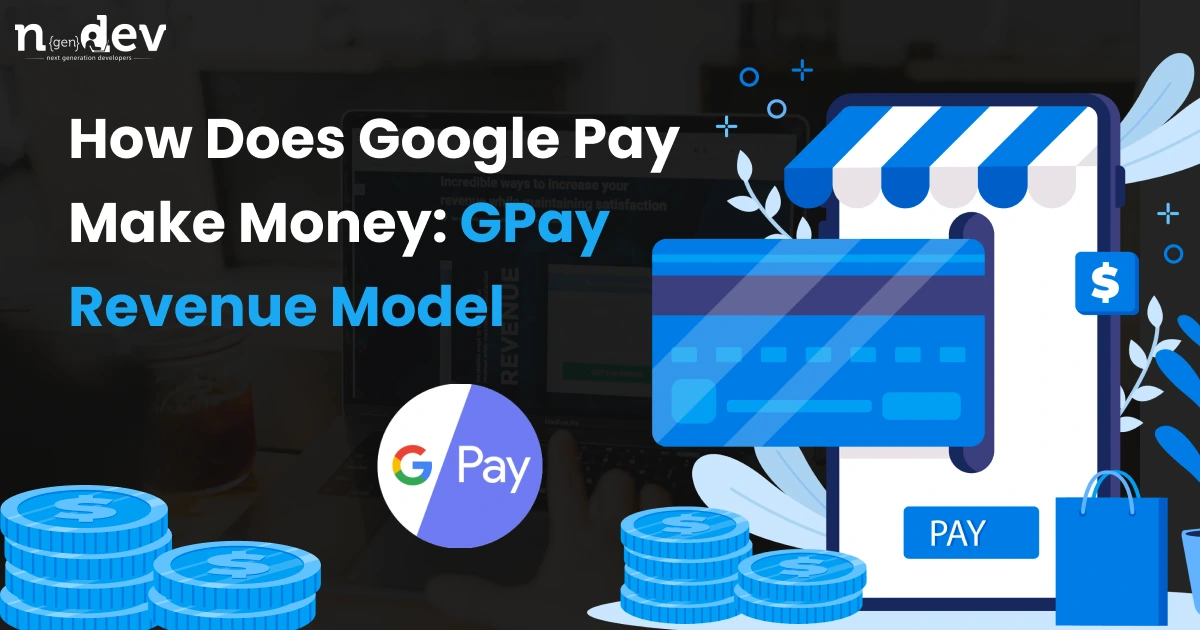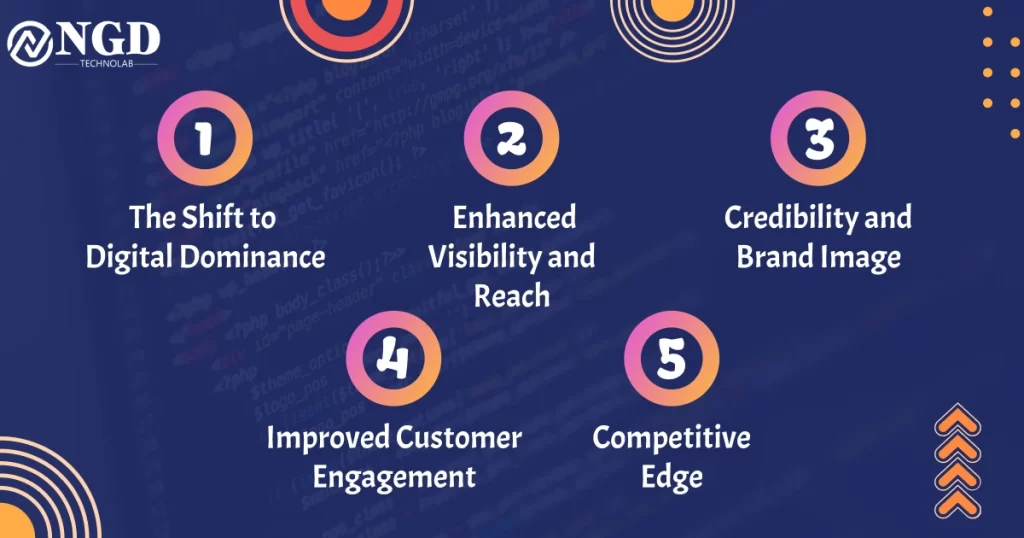How Does Google Pay Make Money: GPay Revenue Model
-
Harshid Patel

In today’s digital age, mobile payment platforms have revolutionized the way we handle our finances. Google Pay, a prominent player in this arena, offers a seamless and convenient way to make transactions. But have you ever wondered how Google Pay manages to thrive in a fiercely competitive market? In this comprehensive guide, we’ll delve into the revenue streams that power Google Pay’s success.
Understanding Google Pay
Google Pay, often referred to as GPay, is a versatile digital payment platform that allows users to make seamless transactions using their smartphones. It eliminates the need for physical wallets and credit cards, making it incredibly convenient for everyday payments.
The concept of digital payments has come a long way since its inception. With the advent of technology, traditional payment methods have been gradually replaced by digital alternatives. Google Pay emerged as a response to the growing demand for secure and convenient mobile payment solutions.
The Revenue Ecosystem
Google Pay’s revenue primarily comes from three key sources, each playing a vital role in its financial success.
One of the primary ways Google Pay generates revenue is through transaction fees. When users make payments through the platform, a small fee is charged to the merchant for processing the transaction. While these fees are relatively small individually, they add up significantly given the vast user base of Google Pay.
Google Pay also capitalizes on its user base by offering advertising and promotional services to businesses. By leveraging its extensive user data, the platform allows businesses to target their advertisements effectively. This targeted advertising results in higher conversion rates, making it a lucrative revenue stream.
Google Pay collects valuable user data during transactions, including spending patterns and preferences. This data is anonymized and used for various purposes, including market research and analytics. Additionally, Google Pay may enter into data-sharing partnerships with businesses, further monetizing the user data it collects.
Innovative Strategies
Google Pay’s success isn’t only dependent on revenue sources; the platform maintains a competitive edge through innovative strategies.
Google Pay actively seeks partnerships with merchants and businesses to expand its user base. By offering incentives and discounts for users who make payments through the platform, it encourages more people to adopt Google Pay for their transactions.
Security is paramount in the world of digital payments. Google Pay invests heavily in cutting-edge security measures, including encryption, tokenization, and multi-factor authentication. These security features instill trust among users and businesses, further fueling the platform’s growth.
To increase its revenue streams, Google Pay has been expanding its services internationally. This expansion allows the platform to tap into new markets and cater to a global audience.
Challenges and Competitors
While Google Pay has experienced remarkable success, it’s not without its fair share of challenges and competitors.
The digital payment industry is subject to various regulatory frameworks and compliance requirements. Adhering to these regulations can be complex and costly, posing a challenge for Google Pay’s operations.
Google Pay faces fierce competition from other fintech giants like Apple Pay and PayPal. Staying competitive in this dynamic landscape requires constant innovation and user-centric strategies.
Conclusion
In conclusion, Google Pay’s revenue generation is a well-rounded ecosystem that encompasses transaction fees, advertising, data monetization, and innovative strategies. This combination has propelled Google Pay to the forefront of the digital payment industry. However, it also faces challenges related to regulations and competition. Understanding these factors gives us valuable insights into “how does Google Pay make money.”
Frequently Asked Questions
Google Pay prioritizes security and employs advanced encryption and authentication measures to protect user data and transactions. Users can trust the platform for secure online payments.
Google Pay’s competitive edge lies in its seamless integration with Google services, extensive user base, and data-driven advertising capabilities. These features make it a versatile and user-friendly payment solution.
Yes, Google Pay supports international transactions in many countries. Users can link their cards and make payments abroad, provided the merchant accepts Google Pay.
Google Pay employs rigorous security protocols, including encryption and tokenization, to safeguard user data. Personal and financial information is kept confidential and secure during transactions.
Get Free consultation and let us know about your custom web and Mobile App project idea

Over 13+ years of work experience, we have built 210+ web and mobile apps
We can help you with
- Dedicated Developer
- delivering high-quality development
- Custom Mobile App Development
- Innovative Solution For Startups and Enterprise

Technology reshaped e-commerce consumers experience in India: Havas Media’s whitepaper
A recent report, ‘Shaping Consumer Experiences,’ a collaborative effort by Havas Media, YouGov, and NFX across ten key markets, delves deep into the heart of India’s e-commerce
Read More
How Does Google Pay Make Money: GPay Revenue Model
In today’s digital age, mobile payment platforms have revolutionized the way we handle our finances. Google Pay, a prominent player in this arena, offers a seamless and convenient way
Read More
UPI Payments: Shaping the Future of the FinTech Industry
The world of finance is undergoing a seismic shift, and at the heart of this transformation lies the ubiquitous Unified Payments Interface (UPI). As the financial technology (FinTech) industry
Read MoreLatest Blogs
Explore the Latest Blogs on Trends and Technology.

